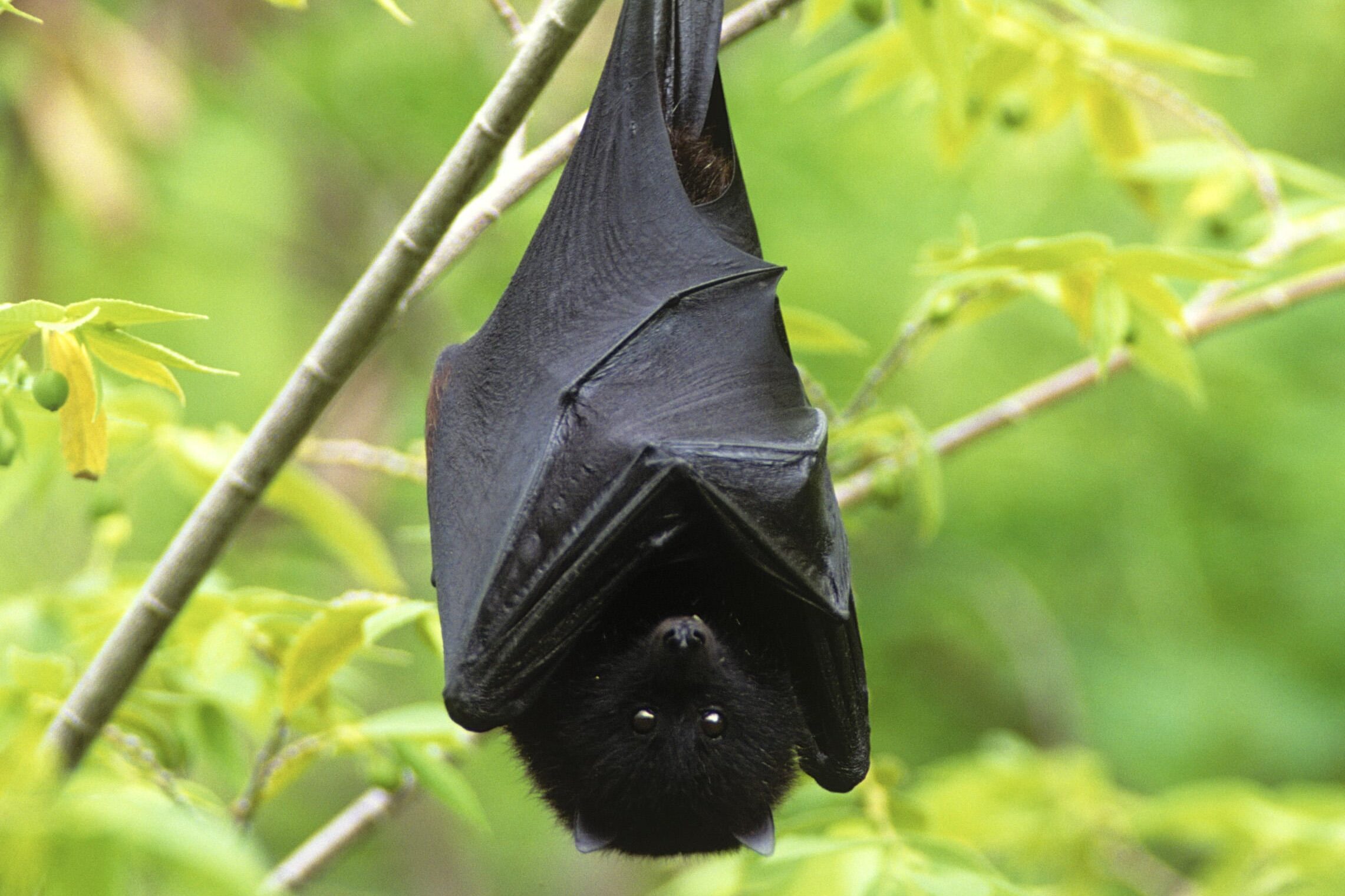The Christmas Island flying fox is a rare sun-seeker

Bec Crew
Bec Crew

Bats and the night are like cats and naps – two concepts so intrinsically linked, it’s almost impossible to imagine a sunlight-loving bat or a cat that doesn’t spend 90 per cent of its life luxuriating in comfort while the rest of us run around all day like suckers.
But, as it turns out, not all bats are nocturnal. The Christmas Island flying fox does most of its flying, feeding and socialising by the light of day.
Its busiest times are between 2:30pm and 6:30pm, and researchers think it’s because it allows them to feed on open flowers and access daily wind patterns to travel between foraging areas.
Christmas Island’s only native mammal, the Christmas Island flying fox hangs out in large groups called camps, which can be several hundred members strong. They are important pollinators on the island, feeding on the fruits and flowers of dozens of plant species, including the Japanese cherry (Muntingia calabura) and tropical almond (Terminalia).
These bats have an interesting lineage – they are either considered an endemic species in their own right (Pteropus natalis) or a distinct subspecies of the black-eared flying fox (Pteropus melanotus natalis), another diurnal (opposite of nocturnal) bat.
Also known as Blyth’s flying fox, the black-eared flying fox is found in Sumatra, Indonesia and on the Andaman and Nicobar Islands, Indian territories that sit 150km north of Aceh, Indonesia’s western-most province.
Here’s one looking honestly pretty intimidating, like a vampire stalking you in broad daylight:

Sadly, the Christmas Island flying fox is considered critically endangered, and has experienced a steep decline in its population in recent years. Back in the early 1900s, researchers described them as very common, but by 1984, there were just 6000 of them, confined to the 135sq.km island.
Between 1984 and 2006 the population declined by as much as 75 per cent, and has continued to drop ever since due to hunting, habitat loss, and predation.
There’s now great concern that the species will go the way of every other native mammal on Christmas Island. The diurnal bulldog rat (Rattus nativitatis), Maclear’s rat (Rattus macleari), the Christmas Island shrew (Crocidura trichura) and the Christmas Island pipistrelle (Pipistrellus murrayi) are all thought to be extinct.
What a tragedy if we did lose them, because look at that face:
And here’s one being a real puppy, getting a treat after undergoing a health check:
Now you’ve seen a bat that loves the sunlight, what about a bat that loves walking rather than flying? Meet the lesser short-tailed bat, a rare New Zealand species that spends as much time hunting on the forest floor as it does in trees above.




